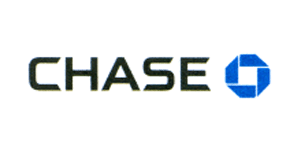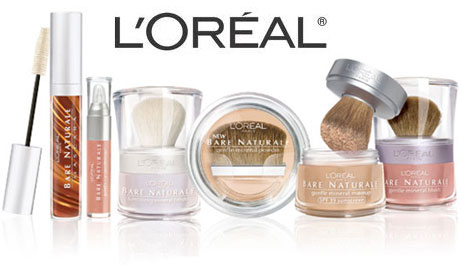As result of mergers and acquisitions activities Chase Credit Card Services (CCS) became fifth largest credit card issuer in the industry. Being a child of a highly reputable J.P. Morgan Chase bank the CCS has many competencies and competitive advantages in order to compete in already saturated credit card market. Evolvement of internet and technology, globalization, legislation and modernization of financial industry is giving new opportunities for expansion of the credit card business. Despite of intense competition among the banks to acquire and retain profitable customers this market still has a great potential for the right players. CCS reached a critical point when it is equipped with the right instruments and now needs to demonstrate that it is able to leverage them the most optimal way to maximize its profit and prove to its parent investment banking company that it still deserves to be a part of Chase core business.… Read the rest
Management Case Studies
Management case studies are real-life examples of issues and problems found in particular workplaces or business organisations. Case study assignments give the opportunity to relate theoretical concepts to practical situations. Most case studies are written in such a way that the reader takes the place of the manager whose responsibility is to make decisions to help solve the problem. In almost all case studies, a decision must be made, although that decision might be to leave the situation as it is and do nothing.
Case Study of Procter & Gamble: Marketing of Scope Mouthwash
Scope was introduced in 1967 by Procter & Gamble, is a green mint tasting mouthwash, and was positions as a great tasting mouth refreshing brand that provided bad breath protection. Scope held 32% share of the Canadian market for 1990. In 1970 Scope became the market leader in Canada, with many competitors, such as Listerine mouthwash that was launched by Warner Lambert in 1977 and it was a direct competitor to Scope, it had nearly the same characteristics as Scope with a 12% of the market share during that time. But the major competitor for Scope was Plax, a brand by Pfizer Inc, which was launched in Canada in 1988 on a platform quite different from the traditional mouthwashes, and gained a 10% share since launched.… Read the rest
Case Study: L’Oreal’s Customer- Based Brand Equity (CBBE) Model
Customer-Based Brand Equity is defined as the differential effect that brand knowledge has on consumer response to the marketing of that brand. The Customer-Based Brand Equity Model approaches brand equity from the perspective of the consumer — whether this be an individual or an organization. Understanding the needs and wants of consumers and organizations and devising products and campaigns to satisfy them are at the heart of successful marketing.
BRAND SALIENCE:
Created in France, L’Oreal Paris brings the sophistication and elegance derived from its French heritage to women and men all over the world. L’Oreal Paris offers leading-edge products that out-perform the competition to people who care more about the way they look.… Read the rest
Case Study: L’Oreal Marketing Strategies in India
Before the facial cosmetics, L’Oreal was known as a hair-color formula developed by French chemist Eugene Schueller in 1907. It was then known as”Aureole”. Schueller formulated and manufactured his own productswhich were sold to Parisian hairdressers. It was only in 1909 that Schueller registered his company as “Societe Francaise de Teintures Inoffensives pour Cheveus,”the future L’Oreal. Scheuller began exporting his products, which was then limited to hair-coloring products. There were 3 chemists employed in 1920. In 1950, the research teams increased to 100 and reached 1,000 by 1984. Today, research teams are numbered to 2,000 and are still expected to increase in the near future.… Read the rest
Case Study: Nestle’s Growth Strategy
Nestle is one of the oldest of all multinational businesses. The company was founded in Switzerland in 1866 by Heinrich Nestle, who established Nestle to distribute “milk food,” a type of infant food he had invented that was made from powdered milk, baked food, and sugar. From its very early days, the company looked to other countries for growth opportunities, establishing its first foreign offices in London in 1868. In 1905, the company merged with the Anglo-Swiss Condensed Milk, thereby broadening the company’s product line to include both condensed milk and infant formulas. Forced by Switzer land’s small size to look outside’ its borders for growth opportunities, Nestle established condensed milk and infant food processing plants in the United States and Britain in the late 19th century and in Australia, South America, Africa, and Asia in the first three decades of the 20th century.… Read the rest
Case Study on Entrepreneurship: Richard Branson
This is a story that begins on July 18, 1950 in Shamley Green, Surrey, England. Growing up in a traditional family, Sir Richard Charles Nicholas Branson struggled throughout school due to an as of yet undiagnosed problem of dyslexia. He excelled in sports, serving as the captain of both his school’s football and cricket teams, but it was in business that he found his true calling. Despite failing in two early ventures — growing Christmas trees and raising Australian parrots — he was determined to create his own successful business.
When he was 16 years old, he dropped out of school to move to London and launch Student Magazine, which did see relatively more success.… Read the rest



